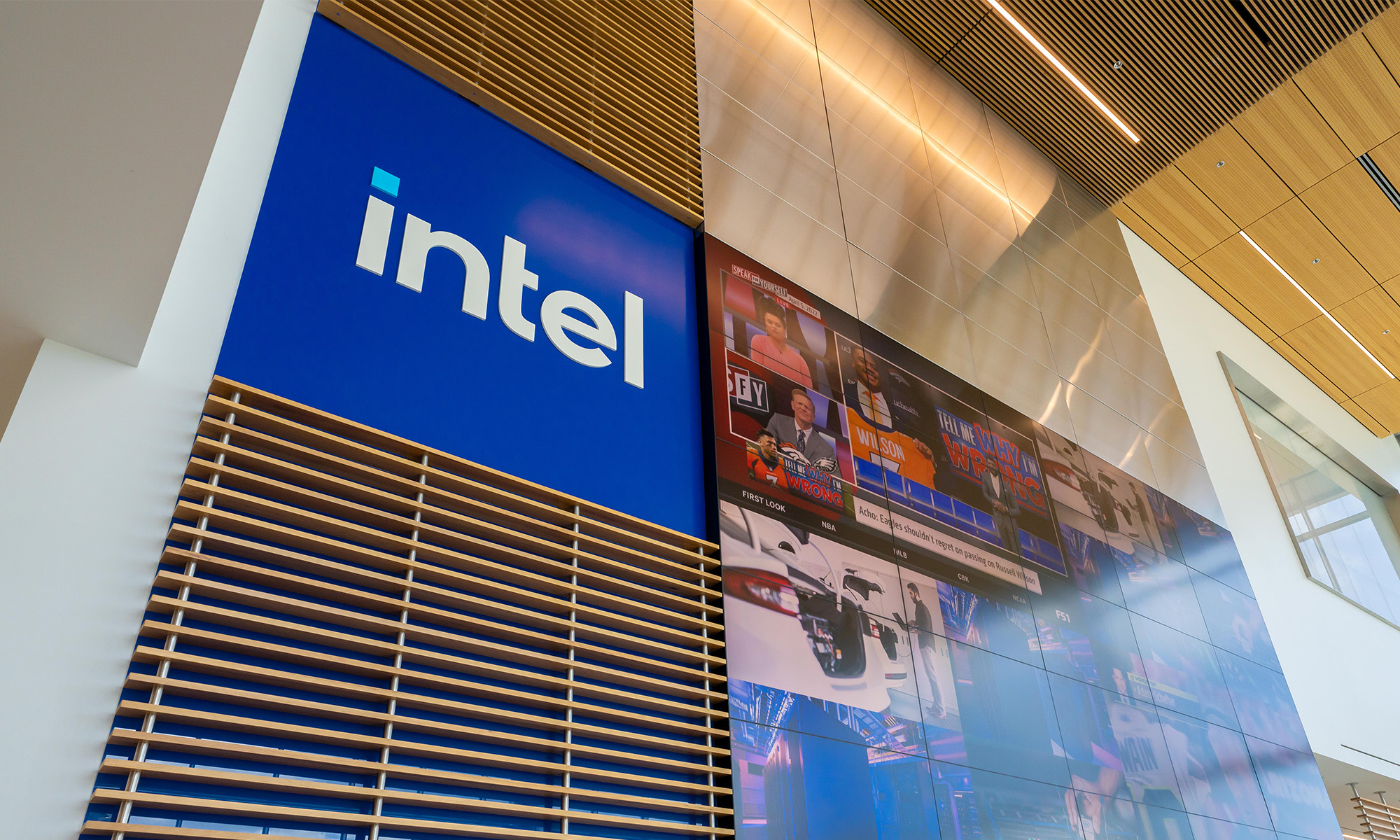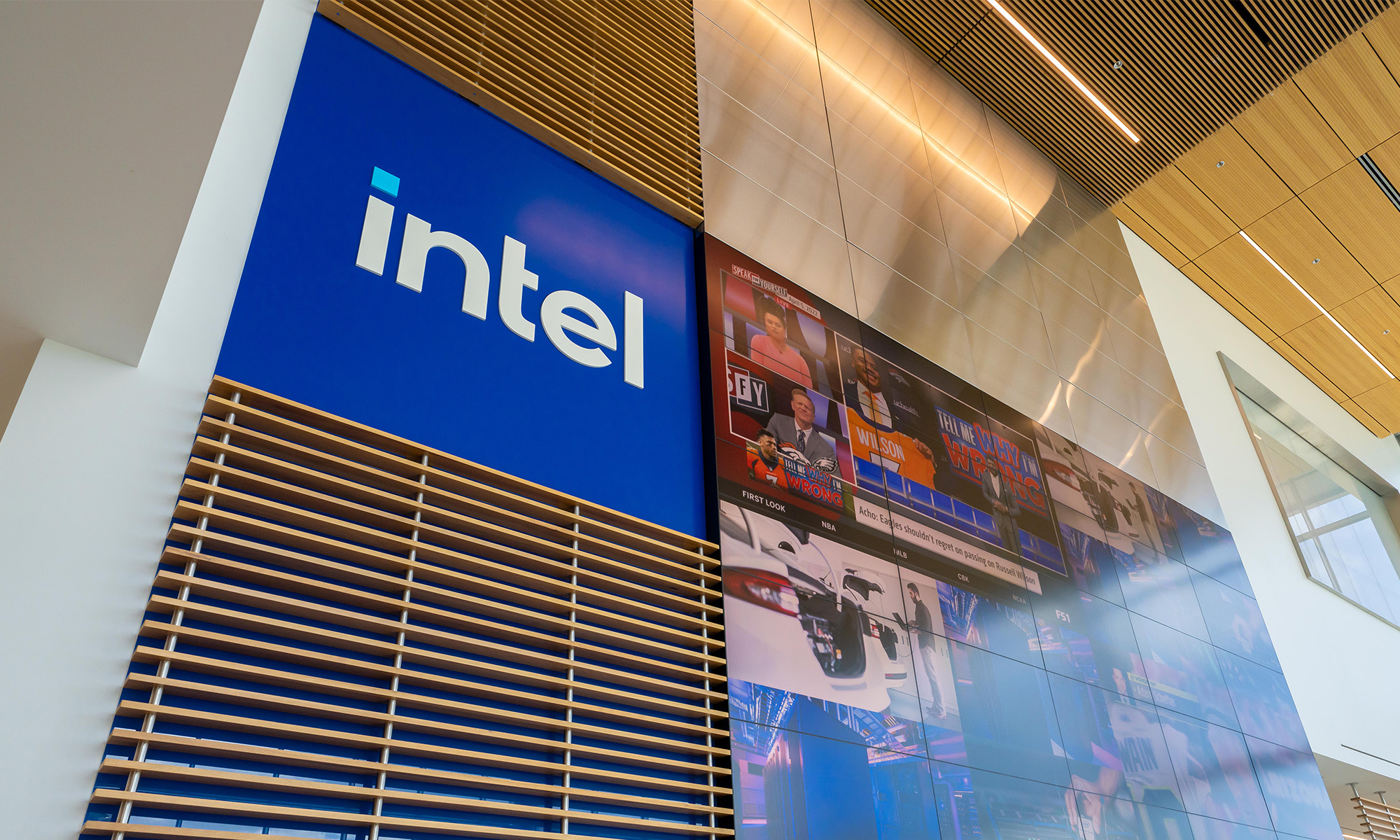Chip giant Intel (INTC 0.60%) has gone through pains to avoid cutting its dividend as it grapples with plunging demand for its PC and server chips. The company partnered with BlackRock last year to offload some of the capital requirements for its new factories in Arizona; it initiated a plan to reduce costs by as much as $10 billion annually by the end of 2025; and most recently, it cut pay, slashed bonuses, and reduced benefits for many of its employees.
All these steps were necessary given the multiple headwinds facing Intel. After a pandemic-era boom in PC sales, demand has evaporated. Global PC shipments tumbled 28.5% year over year in the fourth quarter of 2022, and a significant decline is almost a guarantee this year. Shipments could be as low as 249 million in 2023, according to a recent analyst estimate, the lowest level in nearly two decades.
This sudden drop in demand has put the whole PC supply chain in a state of oversupply. There are too many components floating around, a situation that's led to outsize reductions in orders. Intel's PC segment recorded a 36% year-over-year decline in sales in the fourth quarter, while rival AMD's PC segment suffered a 51% decline. It may still be months before inventories are back to healthy levels.
With demand of PC chips unlikely to improve in the near term, Intel needs to save money where it can. On Wednesday, the company finally gave in and gutted its quarterly dividend.

NASDAQ: INTC
Key Data Points
Saving billions
Intel declared a quarterly dividend of $0.125 per share on Wednesday, a 66% reduction from its previous dividend of $0.365 per share. This new dividend will cost the company just over $2 billion annually. In 2022, Intel paid out roughly $6 billion in dividends to shareholders.
This $4 billion in savings will help fund some of the big investments Intel is making as it aims to catch up to rivals in manufacturing while building a foundry business of its own. Intel reiterated its plan to launch five process nodes within a four-year span, an aggressive roadmap that should close the gap with foundry giant TSMC. The company still plans to launch its Meteor Lake PC CPUs and Emerald Rapids server CPUs this year, with two additional server CPU families coming in 2024.
Successfully bringing these process nodes to volume production on schedule, in addition to enabling these product launches, will go a long way toward convincing potential foundry customers that Intel's manufacturing troubles are truly in the past.
The company has more than $4 billion worth of deals in the books for its foundry business, but some recent wins are for process nodes that aren't yet ready for mass production. The company scored a leading cloud and data center solutions provider as a customer in the fourth quarter for its Intel 3 process, but it won't be until the second half of this year that volume production on that node begins.
Rolling out so many process nodes so quickly is an expensive proposition, and Intel will need all the cash it can get its hands on to make it work amid a historically weak PC market. The dividend cut is painful for investors, but by freeing up around $4 billion annually, it will help Intel maximize its chances of delivering on its manufacturing goals.





